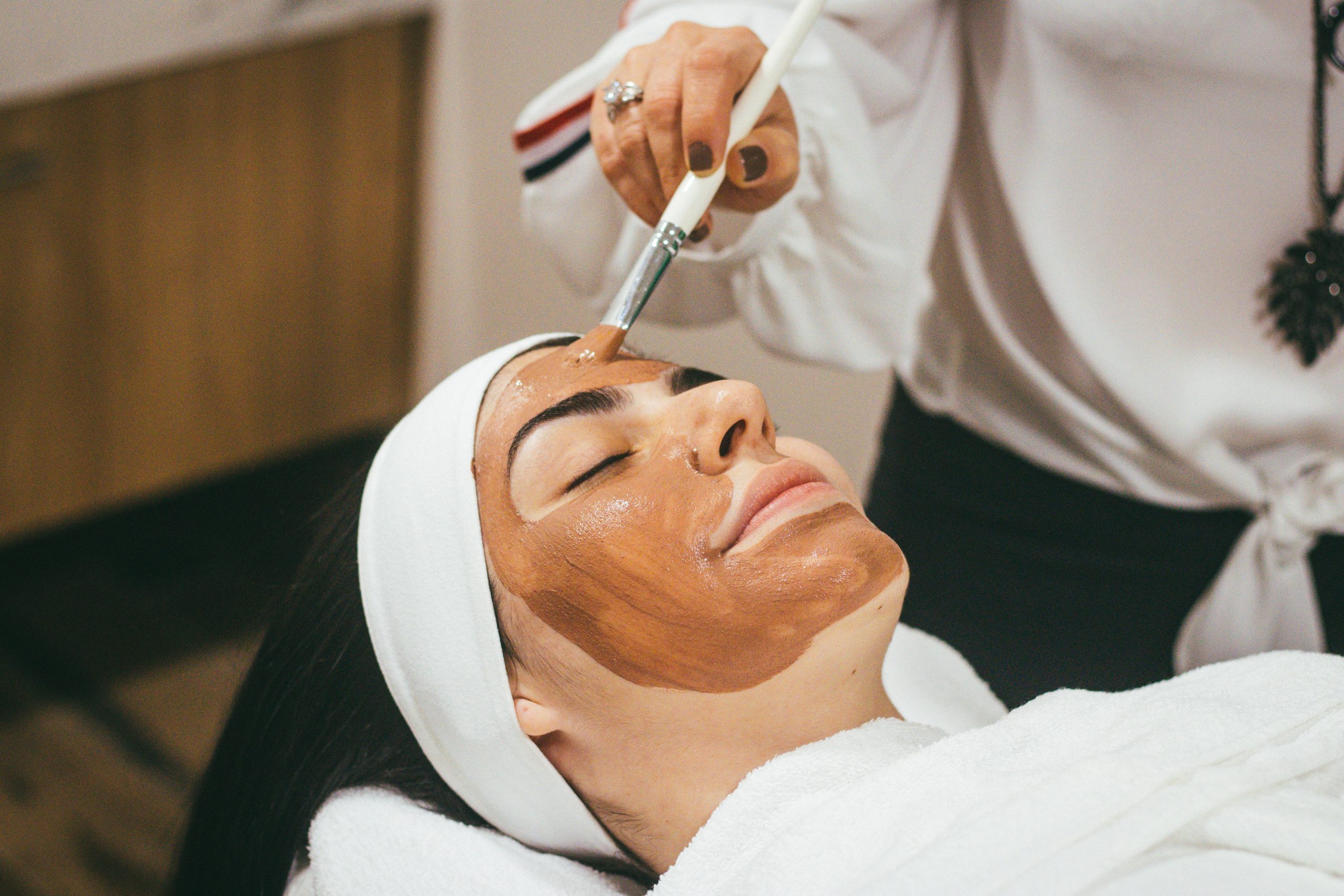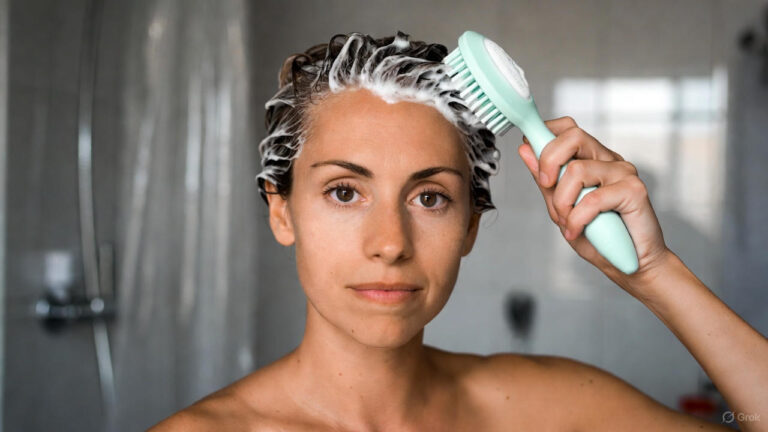Beauty is a concept that transcends borders and binds humanity together. It’s a force that has shaped societies, driven individuals to great lengths, and inspired countless works of art and literature.
But what exactly is the role of beauty in different cultures? How do various societies define and celebrate beauty?
In this comprehensive exploration, we delve into the multifaceted world of beauty, dissecting its significance, evolution, and influence across the globe.
Defining Beauty
Beauty, in its essence, is a subjective concept. It encompasses physical attractiveness, but it also extends to qualities like harmony, symmetry, and even cultural significance. It’s the intangible allure that captures our hearts and minds, and it plays a pivotal role in how we perceive ourselves and others.
The Significance of Beauty in Cultural Contexts
Beauty is not merely skin deep; it is a cultural touchstone that informs the values, norms, and behaviors of societies. It acts as a mirror reflecting the ideals and aspirations of a community, and it can wield significant influence over individuals’ lives.
Beauty Standards in Different Cultures
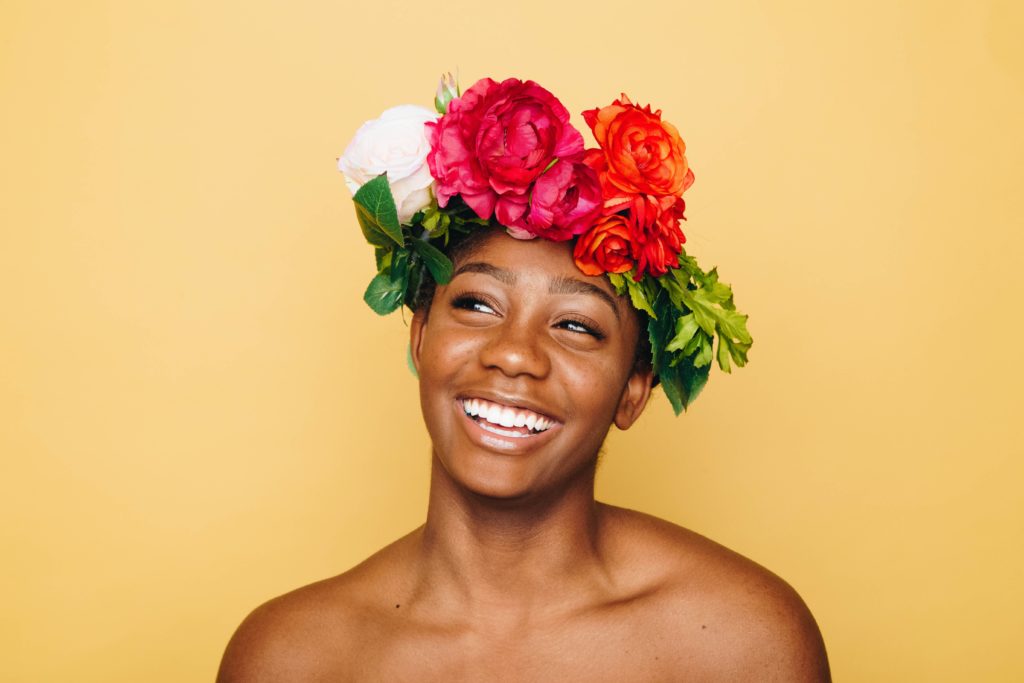
1. Western Beauty Standards
Western beauty standards have undergone significant evolution throughout history. In ancient Greece, beauty was associated with harmony and proportion. Fast forward to contemporary Western society, and we see ideals that often prioritize slimness, youthfulness, and clear skin.
Historical Evolution: The ancient Greeks celebrated physical beauty as a manifestation of inner harmony. Philosophers like Plato considered physical beauty a reflection of moral and intellectual virtue.
Contemporary Ideals: Today, Western beauty standards are heavily influenced by media, with a focus on slender bodies, unblemished skin, and youthful features. The fashion and entertainment industries play a significant role in shaping these ideals.
2. Eastern Beauty Standards
Eastern beauty standards also have a rich history. In countries like China, Japan, and Korea, traditional ideals emphasize qualities like pale skin, delicate features, and long hair.
Historical Evolution: In ancient China, the “Three Obediences and Four Virtues” shaped beauty ideals, emphasizing qualities like modesty and loyalty. In Japan, the Geisha tradition celebrates pale skin and understated elegance.
Contemporary Ideals: While these traditional ideals persist, contemporary Eastern beauty standards also incorporate elements of Western influence, such as a desire for a youthful appearance and clear skin.
3. Indigenous Cultures and Unique Beauty Standards
Indigenous cultures around the world possess their own distinct beauty standards rooted in their traditions and values. These standards often reflect a deep connection to nature, community, and spirituality.
Examples: For instance, among the Maasai people in East Africa, beauty is associated with elaborate beadwork and traditional clothing. In the Kayan tribe of Myanmar, women are known for their long-necked appearance due to the use of brass neck coils.
Cultural Factors Shaping Beauty
1. Historical, Social, and Economic Influences
Beauty ideals are often shaped by historical events, social structures, and economic conditions. Understanding these influences provides insight into why certain features are prioritized in different cultures.
Historical events, social structures, and economic conditions play a significant role in shaping beauty ideals. These factors influence why specific features are prioritized in different cultures. For example, in some societies, a fuller figure may have historically symbolized prosperity and well-being.
2. Media’s Impact on Beauty Perception
In today’s digital era, media has a powerful influence on shaping beauty perceptions. Magazines, advertisements, and social media platforms often set unrealistic standards that individuals aspire to achieve.
Media, especially in the age of digital imagery, plays a pivotal role in shaping beauty perceptions. Magazines, advertisements, and social media platforms frequently present idealized images, which can lead individuals to aspire to unrealistic standards.
3. Traditional Rituals and Practices
Many cultures have traditional rituals and practices associated with beauty, from skincare regimens to elaborate ceremonies. These practices reflect the cultural significance of aesthetics and beauty.
Traditional rituals and practices related to beauty showcase the cultural significance of aesthetics. These can range from elaborate skincare regimens in East Asia to ceremonies in indigenous cultures where body paint holds deep symbolic meaning.
The Intersection of Beauty and Identity
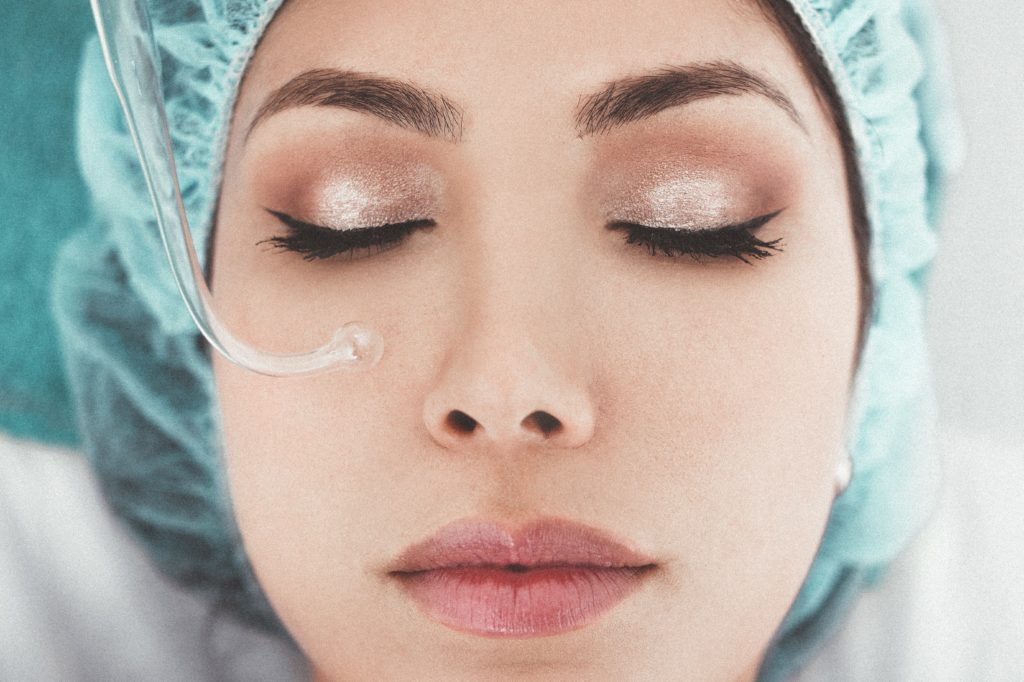
1. Beauty as a Marker of Cultural Identity
Beauty is often used as a marker of cultural identity. The way people express beauty is intertwined with their cultural background, making it a powerful aspect of self-expression.
Beauty serves as a marker of cultural identity, as individuals express their unique beauty through the lens of their cultural background. This makes beauty a potent means of self-expression and connection to one’s heritage.
2. Challenges Faced by Individuals in Conforming to Cultural Beauty Norms
While beauty is a source of cultural pride, it can also present challenges for individuals who do not conform to their culture’s beauty norms. Discrimination, pressure to conform, and self-esteem issues can arise.
Individuals who do not conform to their culture’s beauty norms may face challenges, including discrimination, societal pressure to conform, and issues related to self-esteem. These challenges highlight the complexities of beauty standards in different cultures.
3. The Globalization of Beauty and Its Impact on Cultural Identity
In a globalized world, beauty ideals from one culture can influence others. This globalization of beauty can both enrich cultural diversity and create challenges for preserving unique cultural identities.
In today’s globalized world, beauty ideals from one culture can influence others, enriching cultural diversity while also presenting challenges for preserving unique identities. The globalization of beauty is a dynamic and changing process.
Beauty Rituals and Traditions
1. Overview of Beauty Practices in Different Cultures
Beauty practices vary widely across cultures, encompassing skincare routines, makeup application, and grooming techniques. Understanding these practices provides insight into cultural values and traditions.
Beauty practices encompass a wide array of rituals, including skincare routines, makeup application, and grooming techniques. These practices reveal cultural values and traditions, offering insight into the importance of aesthetics in different societies.
2. Significance of Beauty Rituals in Cultural Contexts
Beauty rituals often hold deep cultural significance, serving as a means of connection to tradition, spirituality, or community. They play a central role in preserving cultural heritage.
Beauty rituals hold profound cultural significance, connecting individuals to tradition, spirituality, or community. These rituals are central to preserving cultural heritage and passing down traditions from one generation to the next.
3. Examples of Unique Beauty Traditions
Across the globe, unique beauty traditions showcase the creativity and diversity of human cultures. From Holi in India to the Geisha culture in Japan, these practices highlight the beauty of cultural uniqueness.
Unique beauty traditions abound worldwide, from the vibrant celebration of Holi in India to the exquisite art of Geisha culture in Japan. These practices exemplify the beauty of cultural uniqueness and creativity.
Beauty Stereotypes and Cross-Cultural Perspectives
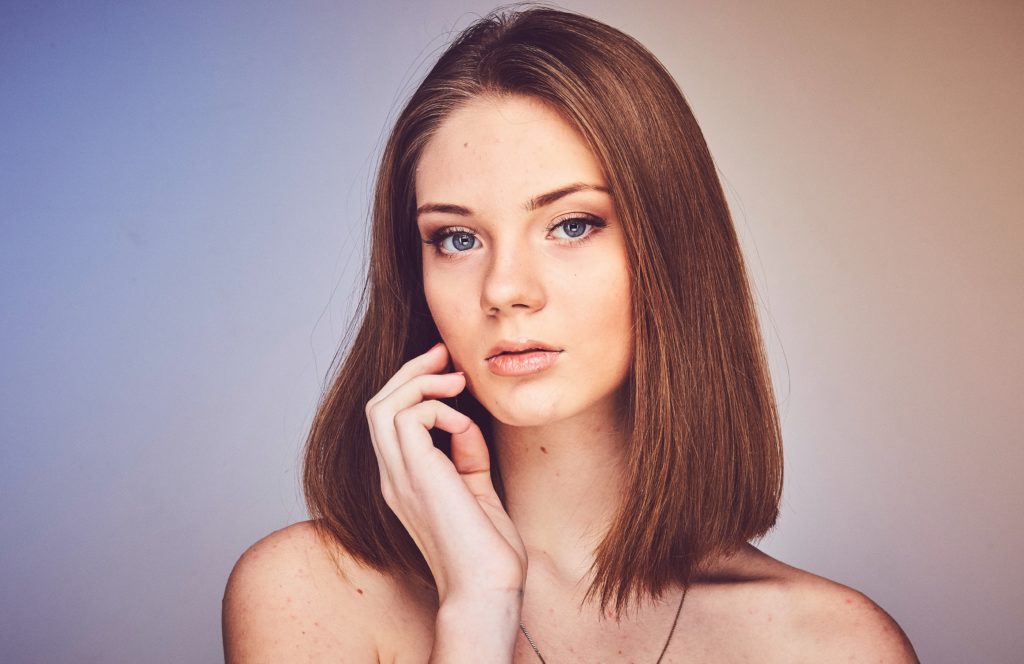
1. Stereotypes Associated with Different Cultural Beauty Standards
Stereotypes often arise from misconceptions about beauty standards in different cultures. These stereotypes can lead to biases and misunderstandings that hinder cross-cultural appreciation.
Misconceptions about beauty standards in different cultures can lead to stereotypes, biases, and misunderstandings that hinder cross-cultural appreciation. It’s crucial to challenge these stereotypes to promote understanding and respect.
2. How These Stereotypes Affect People and Society
The impact of beauty stereotypes goes beyond aesthetics. They can affect individuals’ self-esteem, mental health, and social interactions while also contributing to broader societal issues.
Beauty stereotypes can have profound effects on individuals’ self-esteem, mental well-being, and social interactions. Additionally, they can contribute to broader societal issues related to inclusivity and diversity.
3. Promoting Cross-Cultural Understanding and Appreciation of Beauty Diversity
Promoting cross-cultural understanding and appreciation of beauty diversity is essential in our interconnected world. By breaking down stereotypes and celebrating differences, we can foster a more inclusive and accepting society.
In our interconnected world, promoting cross-cultural understanding and appreciation of beauty diversity is essential. By challenging stereotypes and celebrating differences, we can contribute to a more inclusive and accepting society.
Beauty Industry and Cultural Appropriation
1. The Role of the Beauty Industry in Shaping Cultural Beauty Ideals
The beauty industry plays a significant role in shaping beauty ideals. From product marketing to trends, it influences how cultures perceive and prioritize certain beauty features.
The beauty industry wields substantial influence in shaping beauty ideals, from product marketing to setting trends. It plays a pivotal role in influencing how cultures perceive and prioritize specific beauty features.
2. Instances of Cultural Appropriation in Beauty Products and Practices
Instances of cultural appropriation in the beauty industry have sparked controversies. Borrowing elements from one culture without proper acknowledgment can be offensive and insensitive.
Cultural appropriation in the beauty industry has sparked controversies, with some practices being seen as offensive and insensitive. Borrowing elements from one culture without proper acknowledgment can perpetuate harmful stereotypes.
3. Ethical Considerations and the Need for Cultural Sensitivity
Ethical considerations in the beauty industry include respecting cultural origins, engaging in fair trade practices, and promoting inclusivity. Cultural sensitivity is crucial for a harmonious global beauty landscape.
Ethical considerations in the beauty industry involve respecting cultural origins, engaging in fair trade practices, and promoting inclusivity. Practicing cultural sensitivity is essential for creating a harmonious global beauty landscape.
Beauty in Contemporary Society
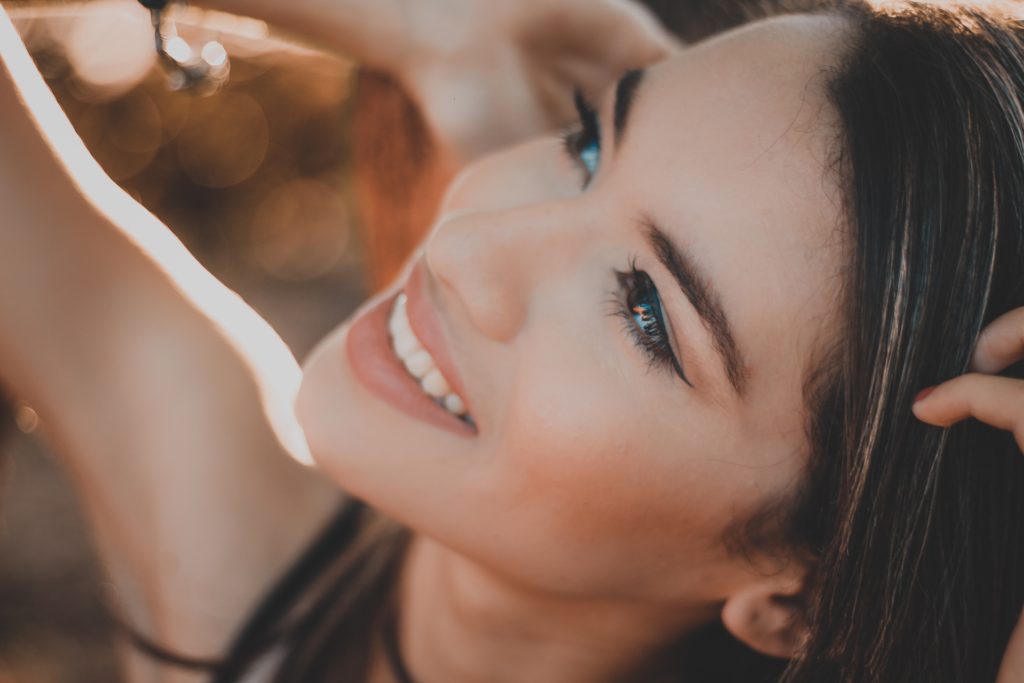
1. The Evolving Concept of Beauty in a Globalized World
In a globalized world, the concept of beauty is changing. It’s no longer confined to regional standards but embraces diversity and inclusivity, challenging traditional ideals.
In today’s globalized world, the concept of beauty is changing. It transcends regional standards and embraces diversity and inclusivity, challenging traditional ideals.
2. The Impact of Social Media on Beauty Perceptions
Social media platforms have revolutionized beauty ideals. They provide a platform for diverse representations of beauty, but they also pose challenges related to unrealistic standards.
Social media platforms have revolutionized beauty ideals, offering a platform for diverse representations of beauty. However, they also present challenges by promoting unrealistic beauty standards.
3. Emerging Trends in Celebrating Diverse Beauty
Emerging trends in beauty celebrate diverse beauty in all its forms. From inclusive advertising campaigns to body positivity movements, society is gradually embracing beauty diversity.
Emerging trends in beauty celebrate diverse beauty in all its forms. Inclusive advertising campaigns, body positivity movements, and a shift toward authentic representation are signs of society’s growing acceptance of beauty diversity.
Conclusion
In this comprehensive exploration of the role of beauty in different cultures, we have journeyed through diverse beauty standards, cultural influences, and the impact of the beauty industry. From Western ideals to indigenous traditions, beauty serves as a powerful marker of cultural identity and expression.
Frequently Asked Questions
1. What is beauty? What is the role of beauty in our culture?
Beauty is a subjective concept encompassing physical attractiveness, harmony, and cultural significance. Its role in culture is to reflect societal values, norms, and aspirations.
2. Is beauty different in different cultures?
Yes, beauty varies significantly across cultures, with each society having its own set of beauty standards and ideals.
3. What is the importance of beauty in today’s world?
Beauty plays a crucial role in shaping individual self-esteem, influencing social interactions, and reflecting cultural values.
4. Why is beauty important in all societies?
Beauty is a universal concept that fosters a sense of identity and connection within societies. It also has economic and social implications.
5. How do beauty standards affect people and society?
Beauty standards can lead to body image issues, discrimination, and stereotypes. They can also shape societal norms and influence industries like fashion and cosmetics.
6. What is the most important factor of beauty?
The most important factor of beauty varies across cultures but often includes symmetry, clear skin, and cultural markers of attractiveness.
7. What are the benefits of a thing of beauty?
A thing of beauty, whether in nature or human expression, can inspire, uplift, and bring joy to individuals and societies.
8. What are the 6 main beauty categories?
The six main beauty categories often include facial features, body shape, skin tone, hair type, clothing, and cultural markers.
9. What are the three elements of beauty?
The three elements of beauty typically include physical attractiveness, cultural significance, and personal perception.
10. What are the pillars of beauty?
The pillars of beauty encompass symmetry, proportion, harmony, and cultural context.
11. What are the qualities of beauty?
Qualities of beauty include attractiveness, uniqueness, and the ability to evoke positive emotions.
12. What are the 7 types of beauty explained?
The seven types of beauty can encompass natural beauty, inner beauty, outer beauty, artistic beauty, cultural beauty, timeless beauty, and unconventional beauty, each with its own unique attributes.
